Creating a gipfeli recipe at home requires patience and precision, but the result is worth the effort. These delicious Swiss croissants are flaky on the outside, soft on the inside, and perfect for breakfast or a snack. This guide will take you step-by-step through the process of making authentic gipfeli, ensuring your croissants are bakery-quality every time.

Ingredients for the Dough
To get started with this gipfeli recipe, gather the following ingredients:
- 1/2 cup whole milk
- 1/2 cup water
- 2 1/2 cups bread flour (for structure and texture)
- 3 tablespoons sugar
- 1 teaspoon salt
- 2 teaspoons yeast
- 1 teaspoon malt (optional but enhances flavor)
- 1/4 cup unsalted butter
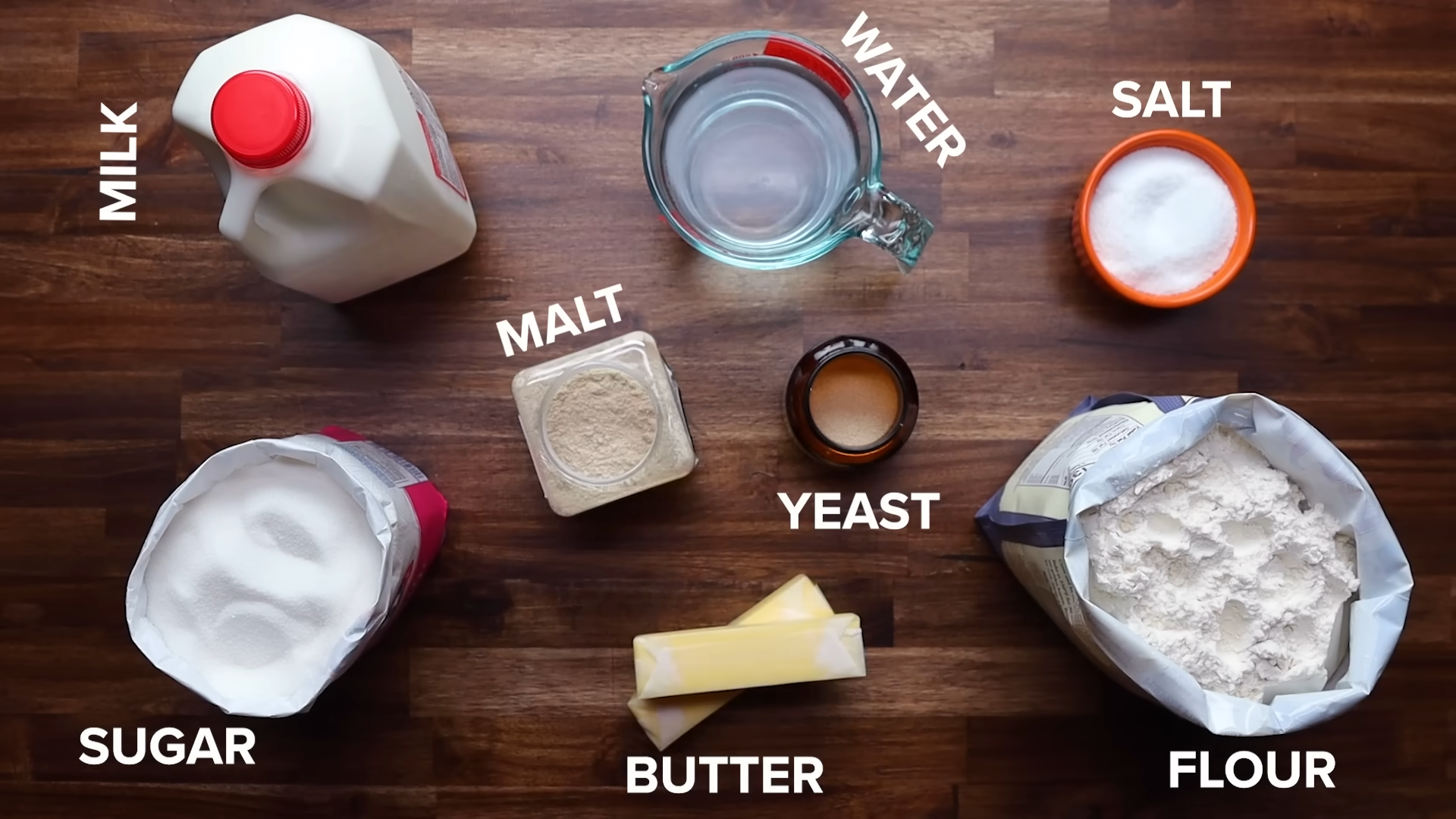
Why Bread Flour?
Bread flour contains more protein, giving your dough better volume, structure, and chew. It also improves browning for that beautiful golden crust typical of gipfeli.
Preparing the Dough
- Combine Liquids and Dry Ingredients
In a large bowl, mix whole milk and water. This combination provides moisture and richness, creating the soft crumb that makes this gipfeli recipe stand out. Slowly add the bread flour, sugar, salt, yeast, and malt.
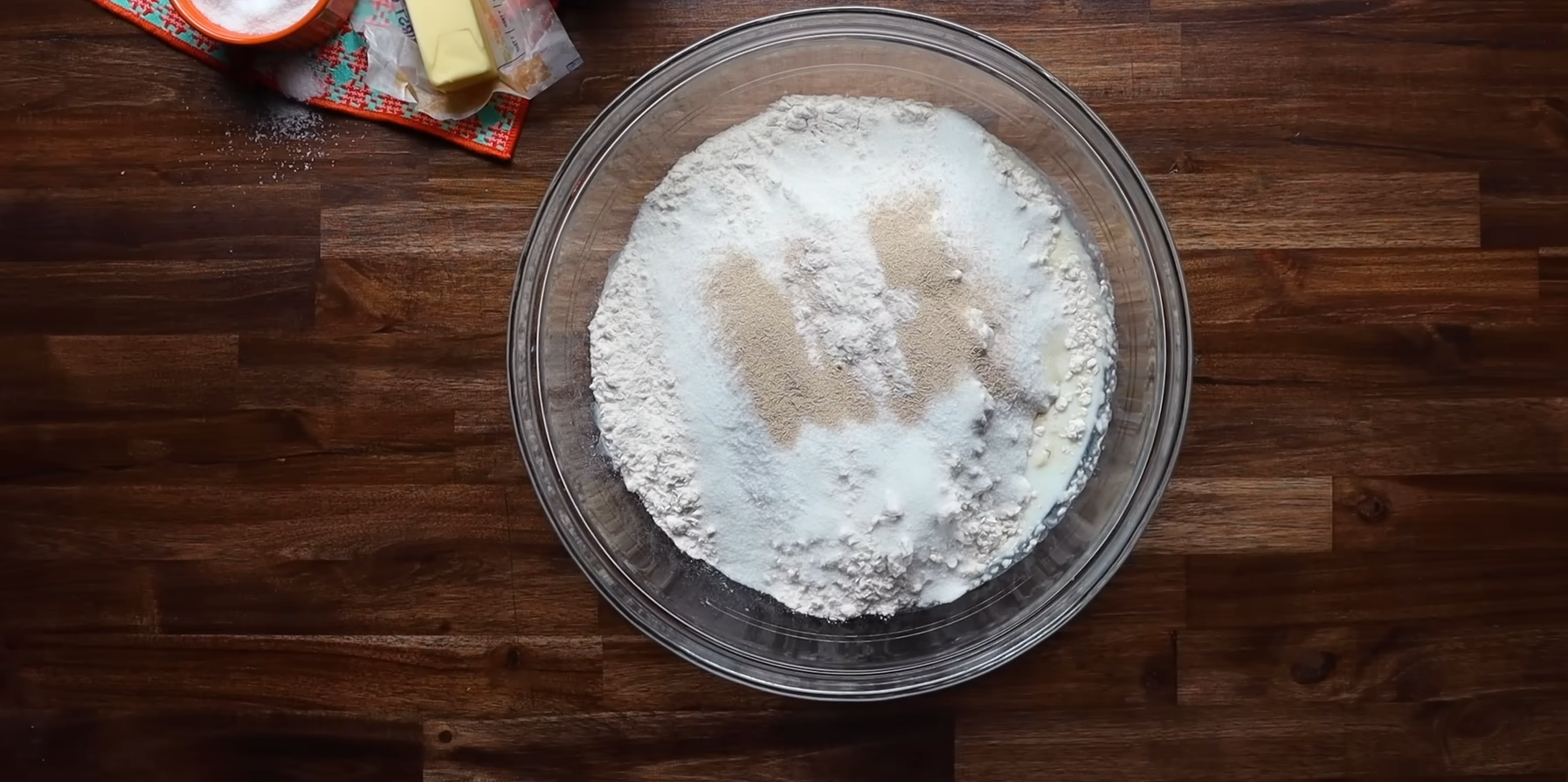
- Incorporate Butter into the Dough
Mix the dough until it resembles a shaggy mass. This stage ensures the ingredients are combined without developing too much gluten. If your dough feels too wet, add a little flour; if too dry, it might tear during rolling.
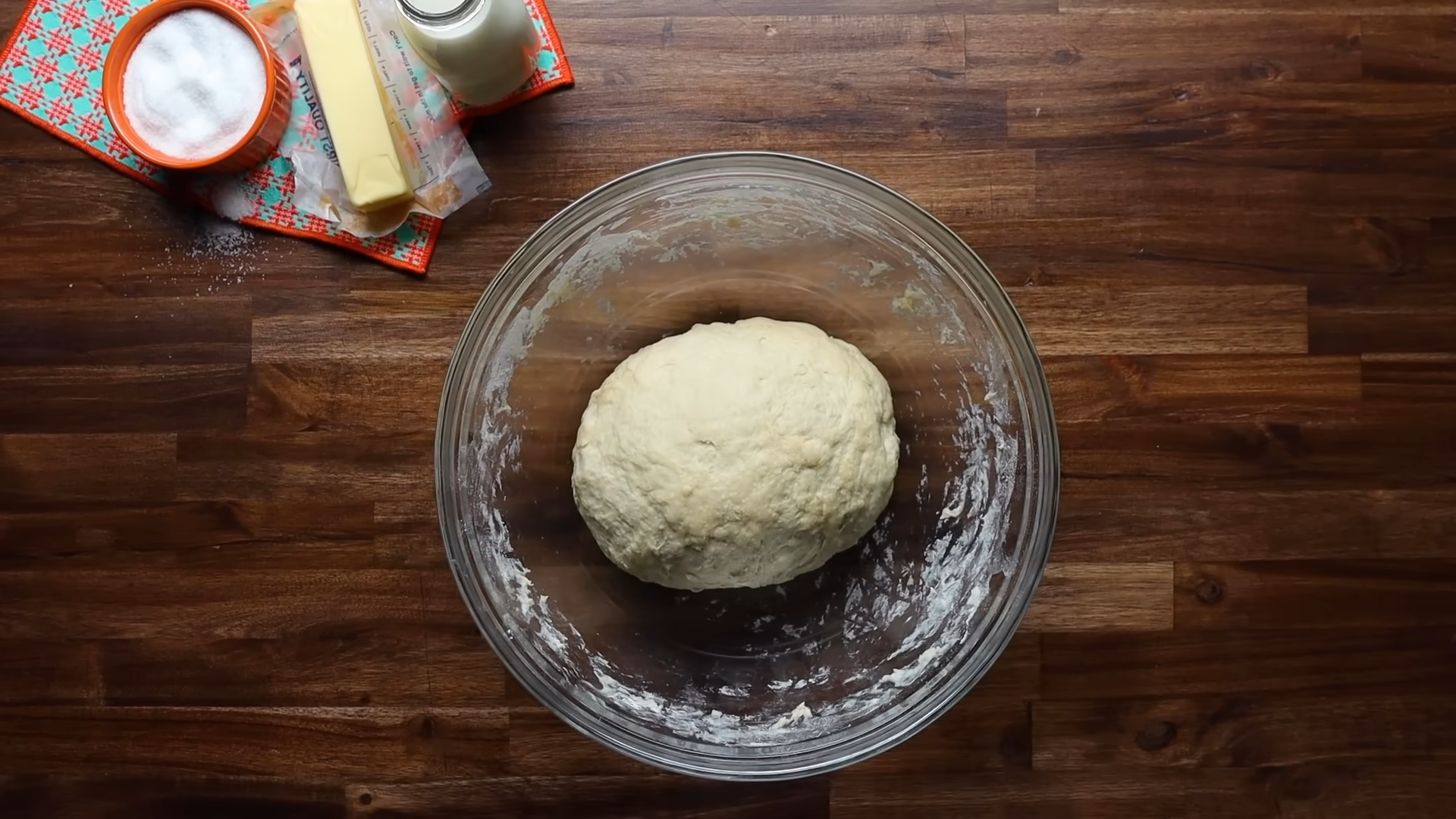
- Let the Dough Rise
Cover the dough with plastic wrap or a towel and let it rise at room temperature until it increases in size by 1.5 times. This process takes about an hour, depending on room temperature. Once ready, punch down the dough, shape it into an 8-inch square, and refrigerate for at least three hours (or overnight).
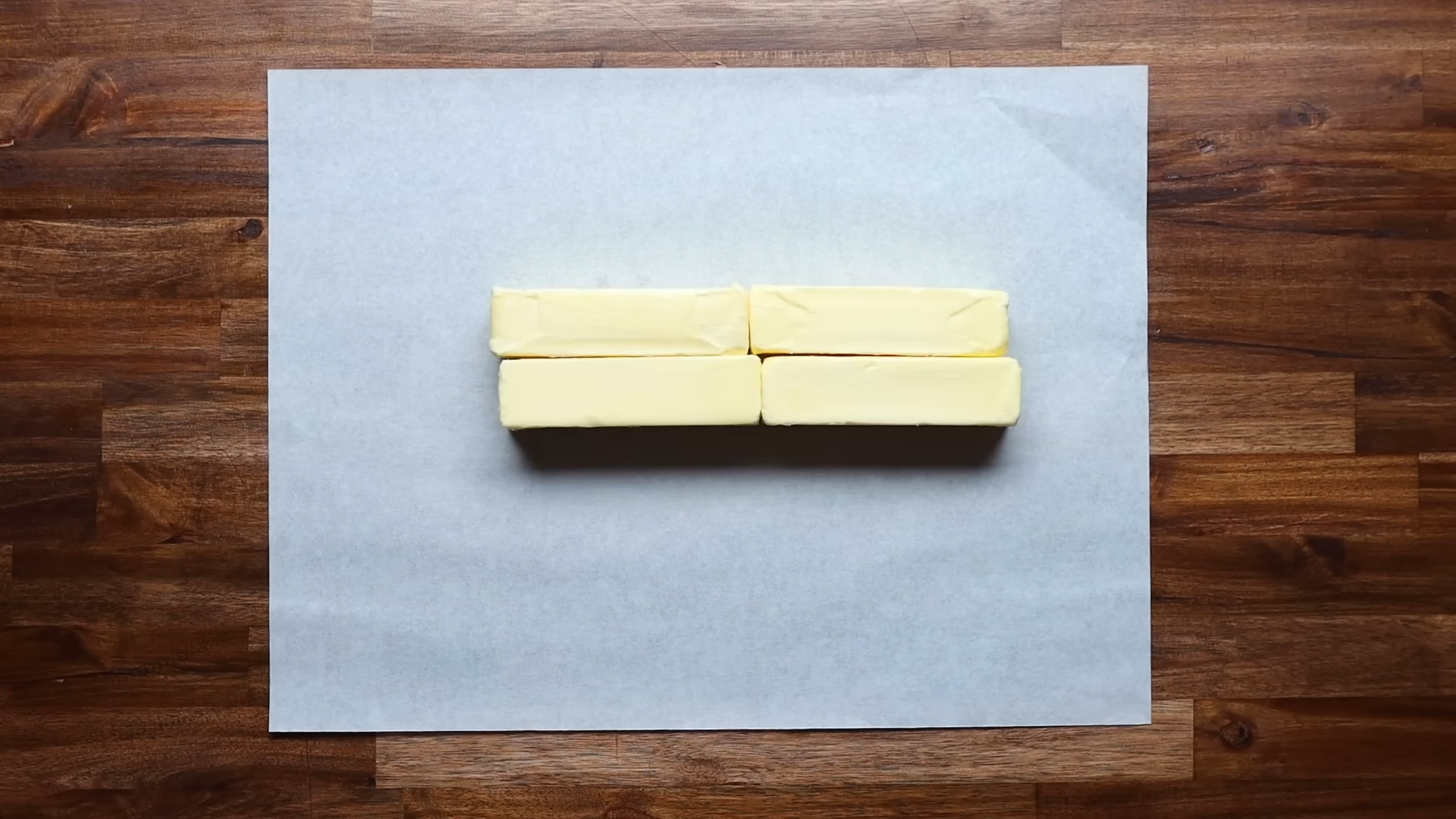
Making the Butter Block
A key part of this gipfeli recipe is the butter block, or barrage, which helps create those flaky layers.
- Prepare the Butter Block
Use high-quality European-style butter (with at least 84% butterfat) for optimal flavor. Place butter slices on parchment paper and cover them with another sheet. Roll with a rolling pin until evenly distributed. Let the butter block rest in the fridge until firm but pliable.
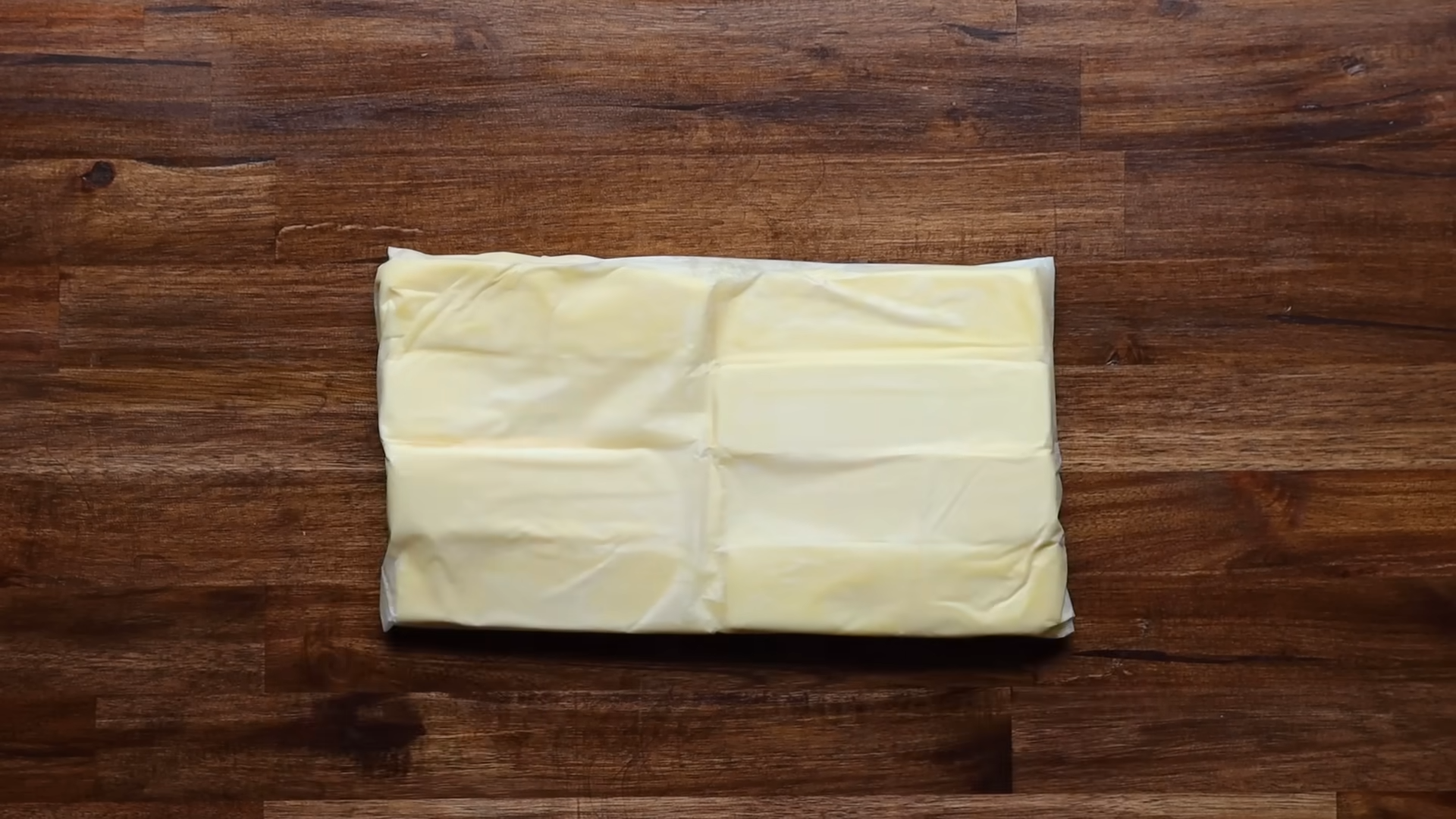
Laminating the Dough
- Roll the Dough and Add Butter
Roll the chilled dough into a rectangle about twice the height of the butter block. Place the butter on the bottom half and fold the top half over, sealing the edges to create a packet. - First Fold
Roll the dough to a 1/4-inch thickness, then fold it like a letter (bottom third up, top third down). Chill for 30 minutes. - Second Fold
Repeat the process, folding the dough into thirds. This creates the layers that make this Gipfeli recipe distinct.
Shaping the Gipfeli
- Cut and Roll the Dough
Roll the dough into a 1/4-inch sheet and cut into triangles. Make a small slit at the base of each triangle and roll tightly to form the iconic crescent shape.
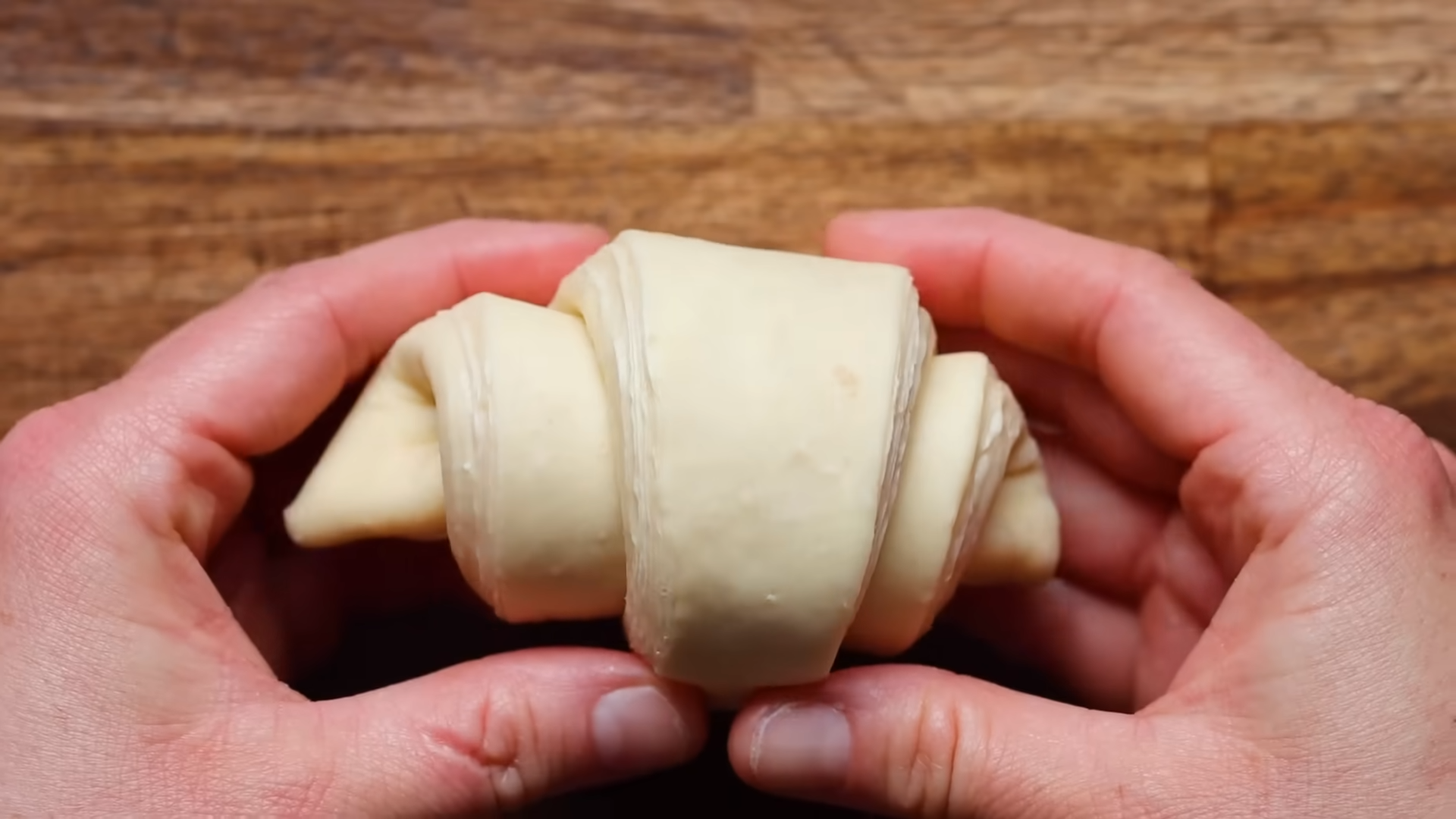
- Proof the Gipfeli
Place the rolled croissants on a tray, cover them with plastic wrap, and let them proof. Adding a ramekin with boiling water under the tray helps retain moisture during proofing. The croissants are ready when they appear puffy and slightly wobbly.

Baking the Gipfeli
- Preheat the Oven
Preheat the oven to 350°F. Place a pan of boiling water at the bottom to create steam, helping the dough rise and develop a flaky crust.
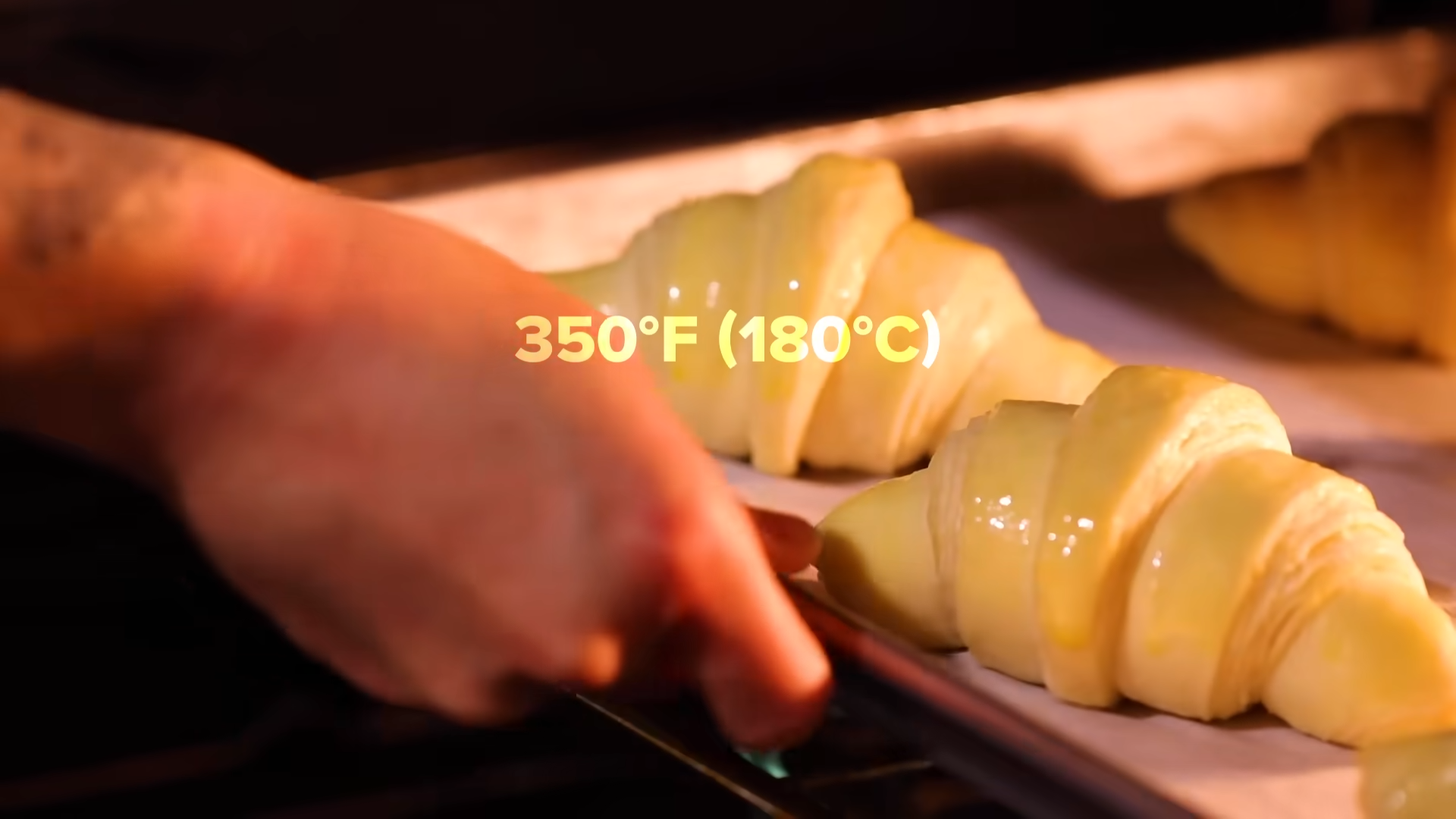
- Bake the Gipfeli
Brush the croissants with an egg wash and bake for 30 minutes until they turn golden brown. Let them cool for 20 minutes before serving.
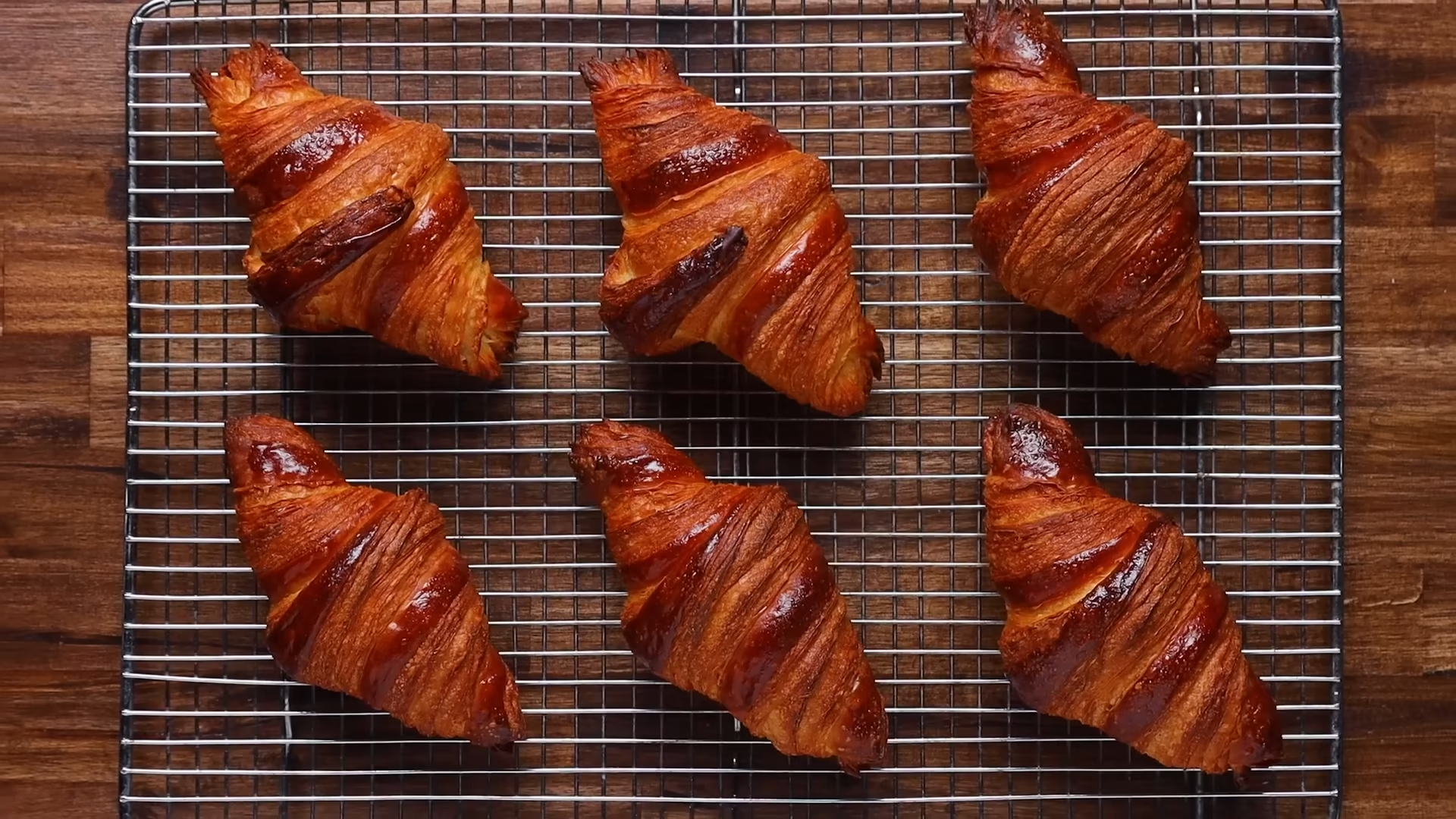
Serving Suggestions
Gipfeli are best enjoyed fresh with a smear of jam or honey. They also pair well with coffee or tea, making them an excellent choice for breakfast or an afternoon snack.
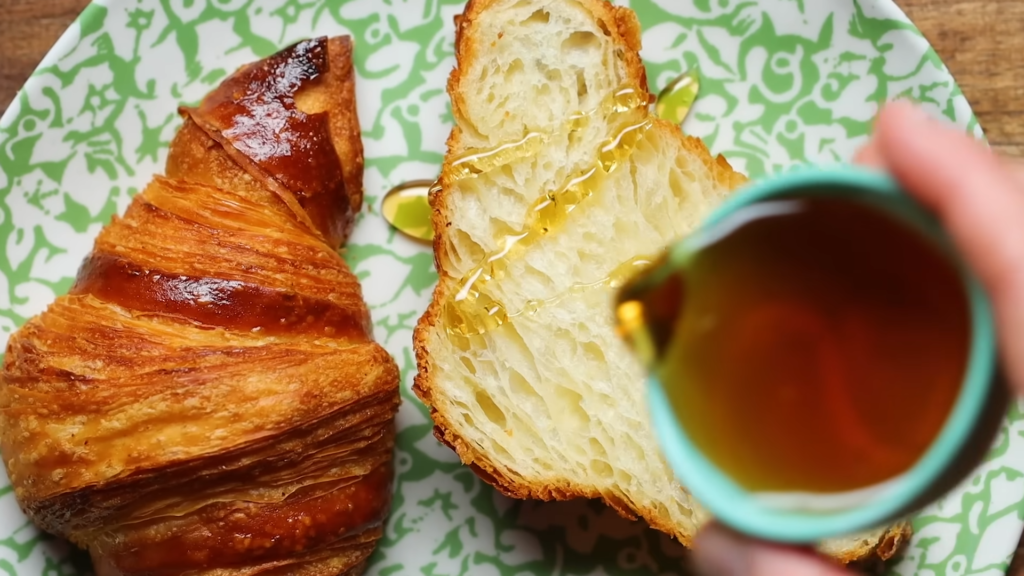
Read More:
Irresistible Crab Brulee Recipe for Seafood Lovers
Irresistible Russian Chicken Recipe: 5 Easy Steps
Frequently Asked Questions (FAQs)
What Makes Gipfeli Different from French Croissants?
Gipfeli are similar to croissants but have a slightly denser texture. They are less buttery and often shaped differently, reflecting their Swiss origin.
Can I Use Regular Flour for Gipfeli?
Bread flour is recommended for its higher protein content, which gives the gipfeli better structure and volume.
How Can I Prevent the Butter from Melting During Lamination?
Ensure both the dough and butter are chilled but pliable. If either becomes too warm, place it in the fridge for a few minutes.
How Long Can I Store Gipfeli?
Freshly baked gipfeli can be stored in an airtight container at room temperature for two days. Reheat in the oven for a few minutes before serving.
Can I Freeze the Dough?
Yes, you can freeze the dough after shaping the gipfeli. When ready to bake, allow them to thaw and proof before following the baking instructions.
Closing Thoughts
Mastering this gipfeli recipe may take time, but the reward is worth the effort. Each flaky, buttery bite offers a taste of Swiss tradition, perfect for any occasion. Whether enjoyed plain, with jam, or honey, these croissants will quickly become a favorite in your kitchen.
Give this gipfeli recipe a try today and bring a touch of Swiss baking to your table. The step-by-step method ensures you’ll have bakery-quality croissants with ease!



